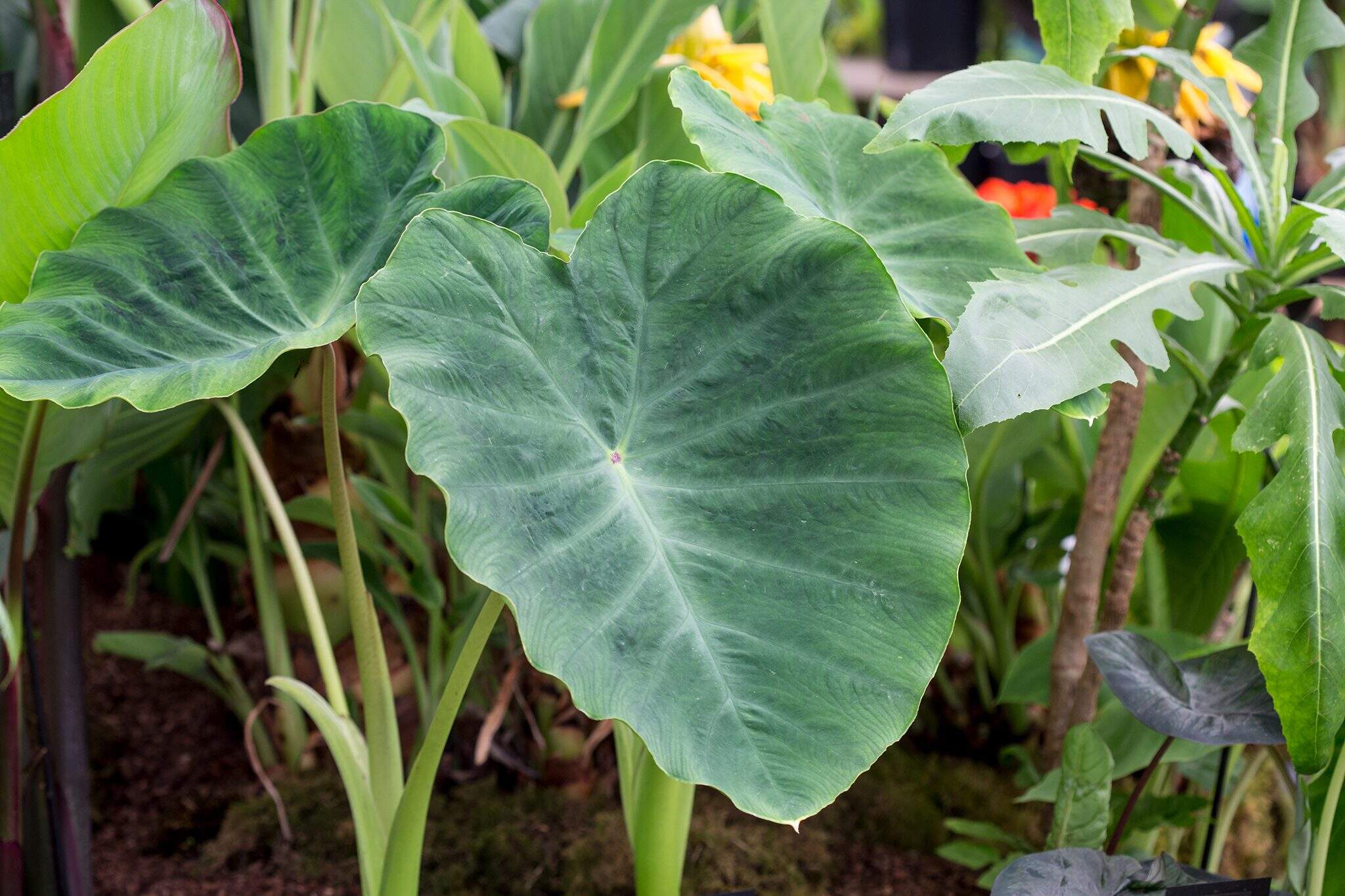

Articles
How To Store Elephant Ears
Modified: October 27, 2024
Learn the best techniques and tips for storing elephant ears in this informative article. Discover how to properly preserve these plants during the winter months and ensure they thrive year after year.
(Many of the links in this article redirect to a specific reviewed product. Your purchase of these products through affiliate links helps to generate commission for Storables.com, at no extra cost. Learn more)
Introduction
Elephant ears are stunning plants that can bring a touch of tropical paradise to any garden. With their large, lush leaves and vibrant colors, these plants are a favorite among gardeners. However, if you live in an area with a colder climate, you may need to take special care to store your elephant ears during the winter months.
In this article, we will guide you through the process of storing elephant ears to ensure they remain healthy and ready for replanting in the following season. Whether you choose to store them in containers or directly in the ground, with proper care, you can enjoy the beauty of your elephant ears year after year.
Let’s dive into the steps for storing your elephant ears and keeping them safe during the offseason.
Key Takeaways:
- Choose healthy, well-established elephant ears for storage, considering variety, size, and health. Properly prepare them by trimming, drying, and labeling to ensure successful regrowth in the following season.
- Whether storing in containers or in the ground, provide consistent temperature, moisture management, and regular check-ups. Replant in a suitable location with proper care for lush, vibrant elephant ears year after year.
Read more: How To Store Elephant Ear Bulbs For Winter
Choosing the Right Elephant Ears
When it comes to storing elephant ears, it’s essential to start with healthy and well-established plants. This ensures a greater chance of survival during the dormant period. Here are some factors to consider when choosing the right elephant ears for storage:
- Variety: There are different varieties of elephant ears, each with its own unique features. Some popular varieties include Colocasia esculenta, Alocasia macrorrhiza, and Xanthosoma sagittifolium. Research different varieties to find one that fits your personal preferences and climate conditions.
- Plant Size: Consider the size of the plants you’re planning to store. Smaller plants are generally easier to handle and store. However, if you have larger elephant ears, you can still store them with a little extra preparation and care.
- Health and Disease: Inspect the plants for any signs of disease, pests, or damage. It’s best to store healthy plants to increase their chances of survival. If you notice any issues, treat them before storing or consider replacing them.
- Timing: The timing of storing elephant ears is crucial. Wait until the foliage turns yellow or dies back naturally in fall before initiating the storage process. Storing them too early can result in weakened plants or loss of stored energy.
By considering these factors, you can ensure that you select the right elephant ears for storage, setting them up for success during the dormant period.
Preparing Elephant Ears for Storage
Before storing elephant ears, it’s important to properly prepare them to ensure their survival and health during the dormant period. Here are the steps to follow:
- Trimming: Start by trimming the foliage of the elephant ear plant. Use sharp, clean pruning shears to cut the leaves down to a few inches above the base of the plant. This helps reduce the risk of fungal diseases and makes the plant easier to handle during storage.
- Removing Soil: Gently shake off or carefully remove any excess soil from the plant’s roots. You can brush off the soil using your hands or a soft brush. Removing excess soil helps prevent the growth of mold and pests during storage.
- Drying: Allow the plant to air dry for a few hours before storing. This allows any remaining moisture to evaporate, reducing the risk of rotting or fungal growth. Place the plants in a well-ventilated area, away from direct sunlight.
- Labeling: To avoid confusion, it’s a good idea to label each stored elephant ear plant. Use a waterproof marker to write the variety and date of storage on a small tag or label. This will make it easier to identify them later when replanting.
By taking these steps to prepare your elephant ears for storage, you’ll be ensuring their health and increasing the chances for a successful regrowth in the following season. Now that your elephant ears are ready, it’s time to consider the storage methods.
Storing Elephant Ears in Containers
Storing elephant ears in containers is a popular method, especially for gardeners who have limited space or live in regions with extremely cold winters. Here’s how you can store your elephant ears in containers:
- Pot Selection: Choose containers that are large enough to accommodate the size of your elephant ear plants. Make sure the pots have drainage holes to prevent waterlogged soil and root rot. Plastic or clay pots work well for this purpose.
- Soil Mix: Prepare a well-draining soil mix for your containers. A mixture of potting soil, perlite, and compost will provide a good balance of moisture retention and drainage. Avoid using heavy or compacted soils.
- Planting: Fill the containers with the soil mix, leaving enough space for the elephant ear rhizome. Place the rhizome in the center of the container and cover it with soil, leaving the top of the rhizome exposed.
- Storage Location: Find a cool and dark location for storing the containers. Ideally, the temperature should be between 45-55°F (7-13°C). A basement, garage, or crawl space can work well for this purpose.
- Moisture Management: During storage, it’s important to keep the soil slightly moist, but not overly wet. Check the moisture level regularly and water the plants if the soil feels dry to the touch. Avoid overwatering, as it can lead to rotting.
- Periodic Check-ups: Every few weeks, inspect the stored containers for any signs of pests, mold, or diseases. If you notice any issues, take appropriate actions to address them promptly.
Storing elephant ears in containers provides the advantage of easy accessibility and the ability to move the plants indoors if necessary. Just make sure to choose the right storage location and monitor the moisture levels regularly to ensure the plants remain healthy and ready for replanting when the time comes.
Storing Elephant Ears in the Ground
If you have enough space in your garden or prefer to store your elephant ears directly in the ground, here’s how you can do it:
- Choosing a Suitable Location: Select an area in your garden that provides proper soil drainage and protection from harsh weather conditions. Ideally, the location should have well-draining soil and be sheltered from strong winds.
- Preparing the Plants: Before storing the elephant ears in the ground, follow the steps outlined earlier to trim the foliage, remove excess soil, and allow the plants to air dry.
- Digging: Dig a trench or hole deep enough to accommodate the rhizome. The depth will depend on the size of your elephant ear plant. Leave some space between the plants to prevent overcrowding.
- Placing the Rhizomes: Gently place the elephant ear rhizomes in the trench or hole, ensuring they are upright. Spread the roots out and cover them with soil, leaving a small portion of the rhizome exposed above the soil surface.
- Protective Mulch: Once the rhizomes are covered with soil, apply a layer of protective mulch over the planted area. This helps insulate the plants and provide additional protection against freezing temperatures.
- Monitoring: During the winter months, periodically check the stored elephant ears to ensure they are not being damaged by freezing soil or excessive moisture. If necessary, provide additional mulch or insulation to protect the plants.
Storing elephant ears in the ground can be a convenient and effective method, especially if you have ample garden space. Just make sure to choose a suitable location and monitor the plants regularly to maintain their health and readiness for replanting.
Store elephant ears in a cool, dry place with good air circulation. Keep them in a paper bag or box filled with peat moss or sawdust to prevent them from drying out. Check them regularly for any signs of rot or mold.
Caring for Elephant Ears during Storage
While your elephant ears are in storage, it’s important to provide proper care to ensure their health and survival. Here are some essential care tips to follow during the storage period:
- Temperature Control: Maintain a consistent temperature during storage. Ideally, the storage area should be cool, between 45-55°F (7-13°C). Avoid storing the plants in areas that experience extreme temperature fluctuations.
- Moisture Management: Ensure that the stored elephant ears have adequate moisture without being excessively wet. Check the soil or storage medium regularly and water when necessary. It’s important to keep the soil slightly moist, but not soggy, to prevent rotting.
- Pest and Disease Control: Monitor your stored elephant ears for any signs of pests or diseases. Keep the storage area clean and free from debris that may attract pests. If needed, treat the plants with organic insecticides or fungicides to prevent infestations or diseases.
- Periodic Inspection: Regularly check on your stored elephant ears to ensure they are healthy and free from any issues. Look for signs of rot, fungal growth, or pests. If you notice any problems, act promptly to address them before it affects the plants.
- Protection from Extreme Conditions: If your storage area is prone to extreme cold or sudden temperature changes, consider using additional insulation or covering to protect the plants. This can include using blankets, straw, or frost blankets to shield the plants from harsh weather conditions.
- Avoid Overhandling: Minimize unnecessary movements or handling of the stored elephant ears. Excessive disturbance can result in damage to the rhizomes or disrupt their dormancy period.
By following these care tips, you can ensure the health and well-being of your stored elephant ears throughout the storage period. With proper care, they will be ready for replanting and flourish in the next growing season.
Checking on Stored Elephant Ears
Regularly checking on your stored elephant ears is essential to ensure their well-being and catch any potential issues before they become serious. Here’s how you can effectively check on your stored elephant ears during their dormant period:
- Inspecting Rhizomes: Carefully examine the rhizomes for any signs of rot, disease, or pests. Check for soft or mushy spots, mold growth, or unusual discoloration. If you notice any problems, gently remove the affected areas to prevent further damage.
- Monitoring Moisture Levels: Check the soil or storage medium regularly to assess the moisture levels. Ensure that it is slightly moist but not overly wet or dry. Adjust the watering as necessary to maintain the right moisture balance for the stored elephant ears.
- Examining Foliage: Even though the foliage is trimmed before storage, it’s important to inspect the remaining leaves for any signs of disease or pest infestation. Look for yellowing, wilting, or spots on the foliage. Treat any issues promptly to prevent them from spreading.
- Observing Growth Points: Pay attention to the growth points or new shoots on the rhizomes. These are indicators that your elephant ears are transitioning out of dormancy. Monitor their growth and adjust the care accordingly, such as providing more sunlight or increasing watering.
- Addressing Issues Promptly: If you notice any problems during your check-ups, take immediate action to address them. Remove any diseased or infested parts, adjust watering or lighting conditions, and apply appropriate treatments when needed.
- Keeping Records: Maintain a record of your check-ups, including dates, observations, and actions taken. This will help you track the progress of your stored elephant ears and identify any patterns or recurring issues in future growing seasons.
Regularly checking on your stored elephant ears allows you to intervene early and ensure their overall health. By being proactive and attentive, you can prevent potential problems and increase the chances of successful replanting and growth in the following season.
Replanting Elephant Ears from Storage
After the storage period, it’s time to bring your elephant ears back to life by replanting them. Follow these steps to successfully replant your elephant ears:
- Choose the Right Time: Wait until the danger of frost has passed and the soil has warmed up before replanting your elephant ears. This is usually in late spring or early summer, depending on your climate.
- Select a Suitable Location: Find a location in your garden that provides the right growing conditions for elephant ears. They prefer bright, indirect sunlight and well-draining soil. Consider the mature size of your elephant ears and ensure they will have enough space to grow and thrive.
- Prepare the Soil: Prepare the planting area by loosening the soil and incorporating organic matter, such as compost or well-rotted manure. This improves soil fertility, drainage, and moisture retention.
- Planting Process: Dig a hole that is deep and wide enough to accommodate the roots and rhizome of your elephant ear plant. Place the rhizome in the hole, making sure it sits at a depth where the top is level with the soil surface. Backfill the hole with soil and gently firm it around the plant.
- Watering: After planting, thoroughly water the newly replanted elephant ears. This helps settle the soil around the roots and provides moisture for their initial growth. Ensure the soil remains consistently moist but not waterlogged during the establishment period.
- Mulching: Apply a layer of organic mulch, such as straw or wood chips, around the base of the plant. Mulching helps conserve moisture, suppress weeds, and provide insulation to the soil.
- Regular Care: Throughout the growing season, provide regular care to your replanted elephant ears. This includes watering as needed, fertilizing with a balanced fertilizer according to the package instructions, and monitoring for any signs of pests or diseases.
- Winter Protection: As the colder months approach, prepare your elephant ears for the next storage period. Follow the steps outlined earlier in this article to trim the foliage, clean the roots, and store them in containers or in the ground, depending on your preference.
By following these steps, you can successfully replant your elephant ears and enjoy their beauty and tropical appeal in your garden for another growing season.
Conclusion
Storing elephant ears during the dormant period is essential for their survival and long-term health. Whether you choose to store them in containers or in the ground, providing the proper care and attention ensures their successful regrowth in the following season. By following the steps outlined in this article, you can confidently store and replant your elephant ears, enjoying their lush foliage and vibrant colors year after year.
When choosing elephant ears for storage, consider factors such as variety, plant size, and overall health. Properly preparing the plants by trimming the foliage and removing excess soil sets them up for successful storage. Storing elephant ears in containers offers convenience and the ability to move them indoors if necessary, while storing them directly in the ground provides a more natural approach.
Throughout the storage period, it’s important to provide consistent temperature control, manage moisture levels, and monitor for pests and diseases. Regular check-ups allow you to intervene early and address any issues before they worsen. When the time comes for replanting, choose a suitable location in your garden, prepare the soil, and carefully plant the elephant ears at the appropriate depth.
Remember to provide regular care, including watering, fertilizing, and monitoring for pests and diseases, during the growing season. As winter approaches, prepare your elephant ears for storage once again to protect them from frost and cold temperatures.
By following these steps and providing proper care throughout the storage and replanting process, you can enjoy the beauty and elegance of elephant ears in your garden, creating a tropical paradise that is sure to impress both you and your visitors.
Frequently Asked Questions about How To Store Elephant Ears
Was this page helpful?
At Storables.com, we guarantee accurate and reliable information. Our content, validated by Expert Board Contributors, is crafted following stringent Editorial Policies. We're committed to providing you with well-researched, expert-backed insights for all your informational needs.
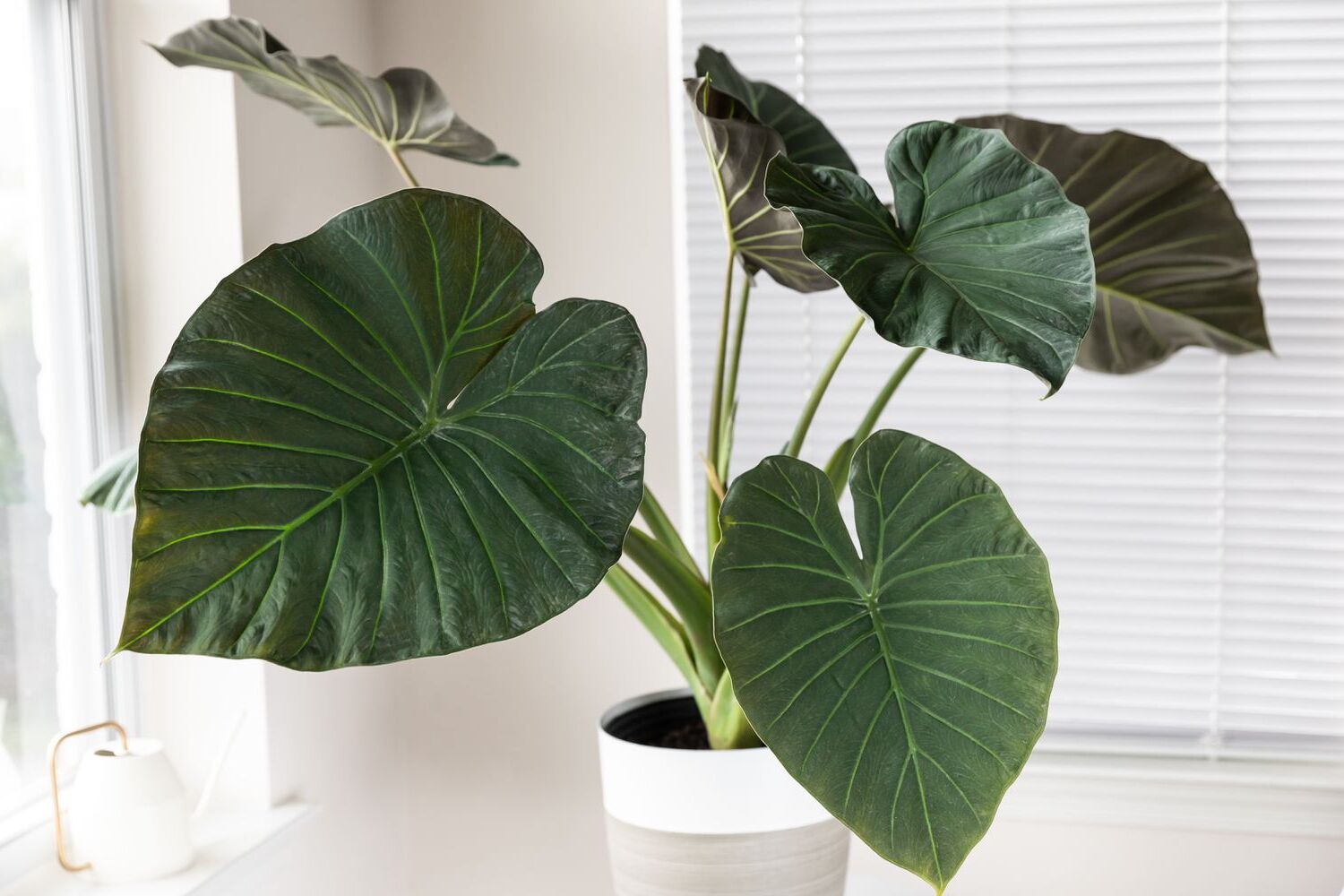
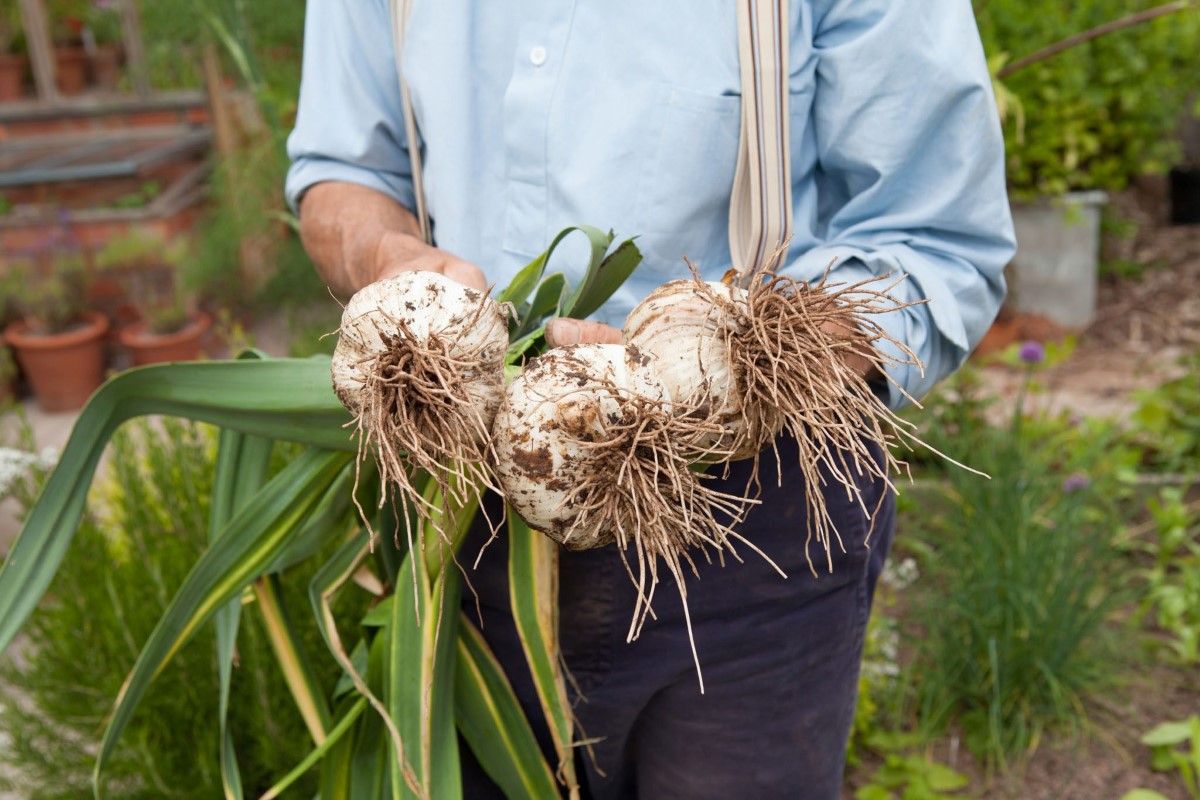
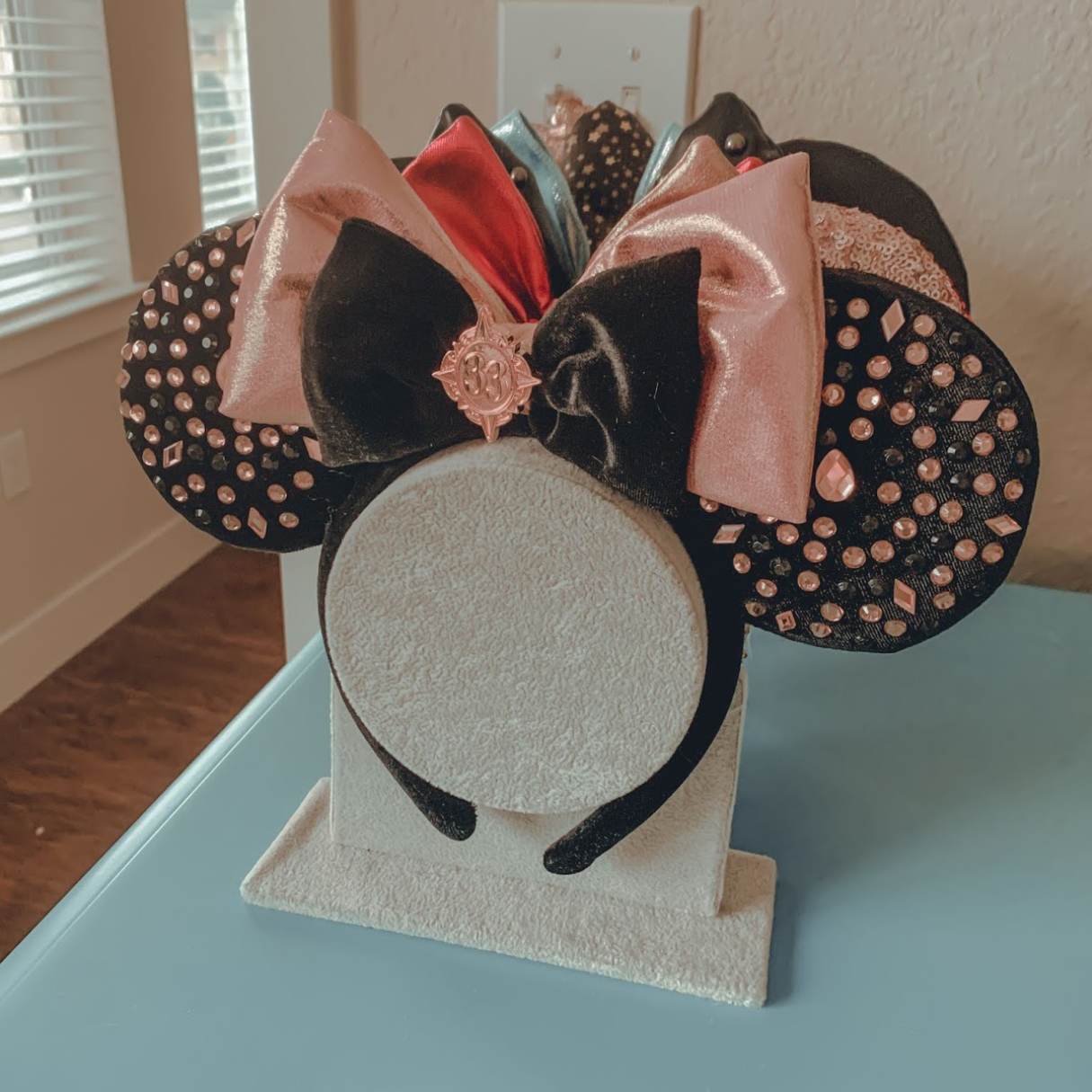
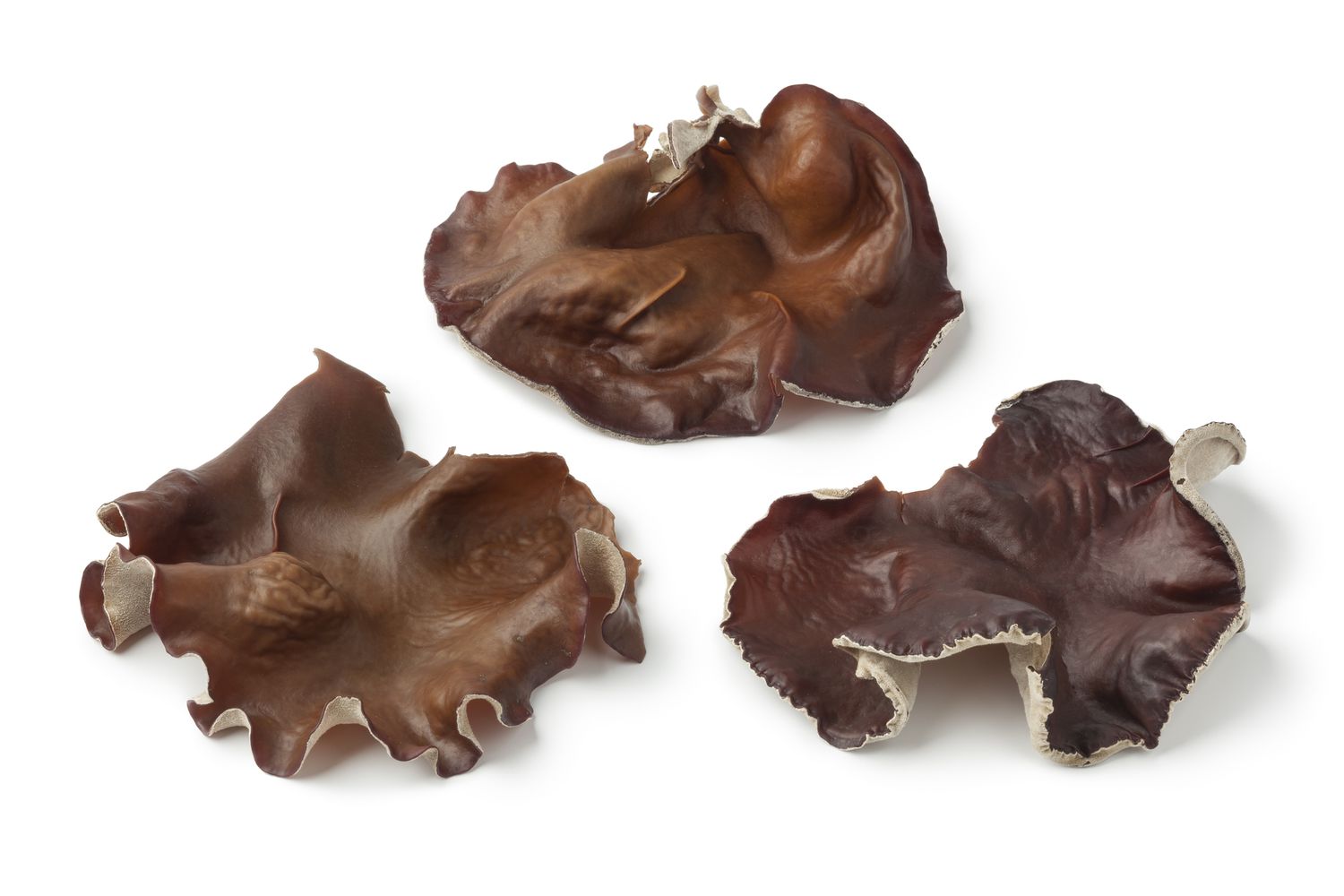



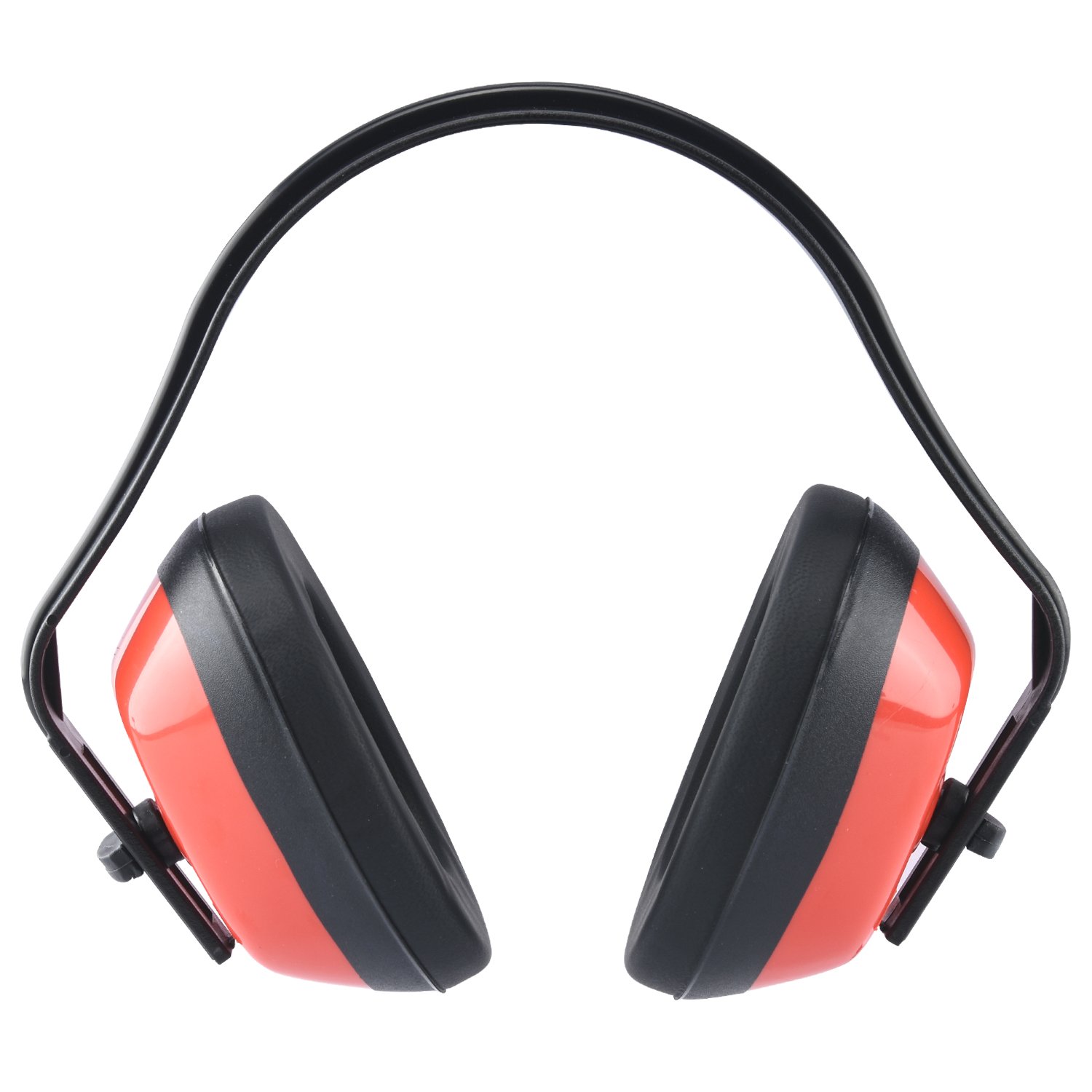
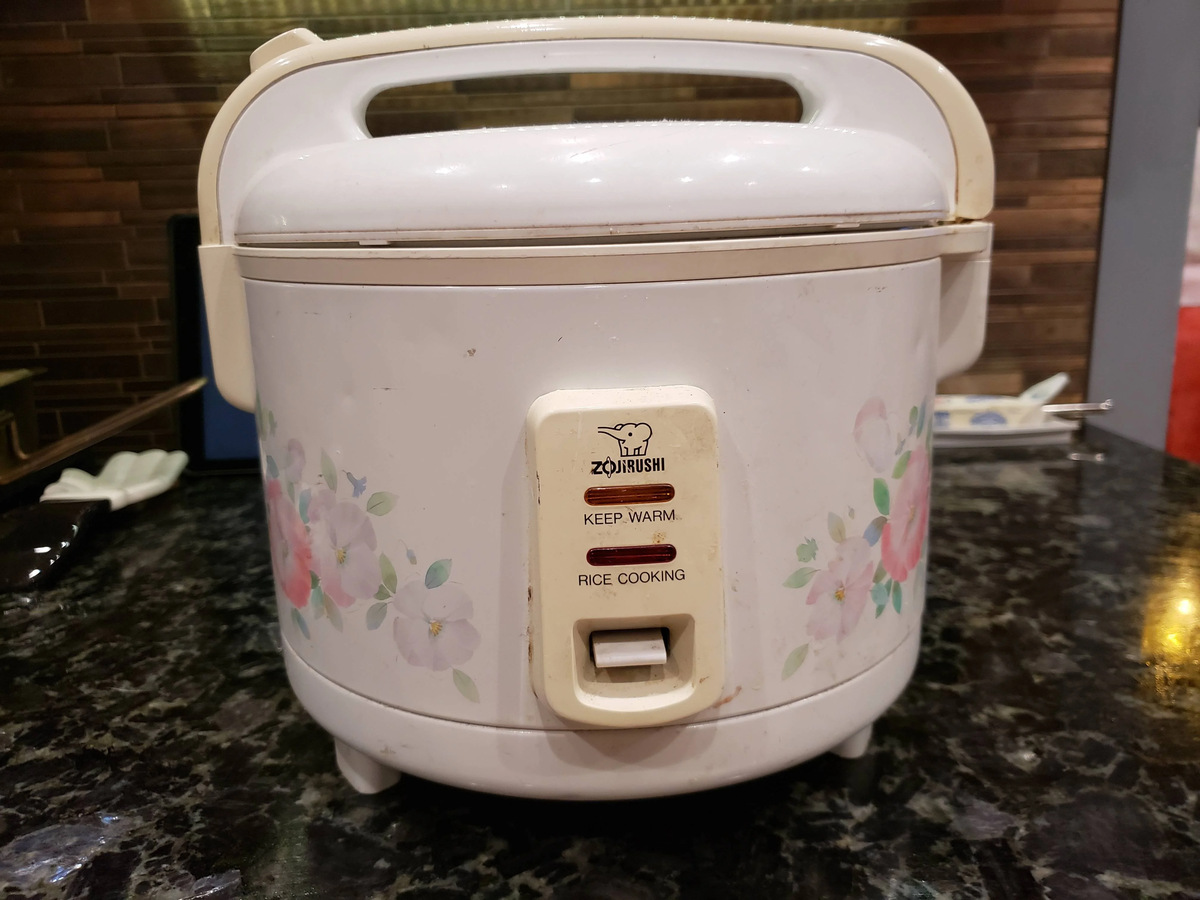


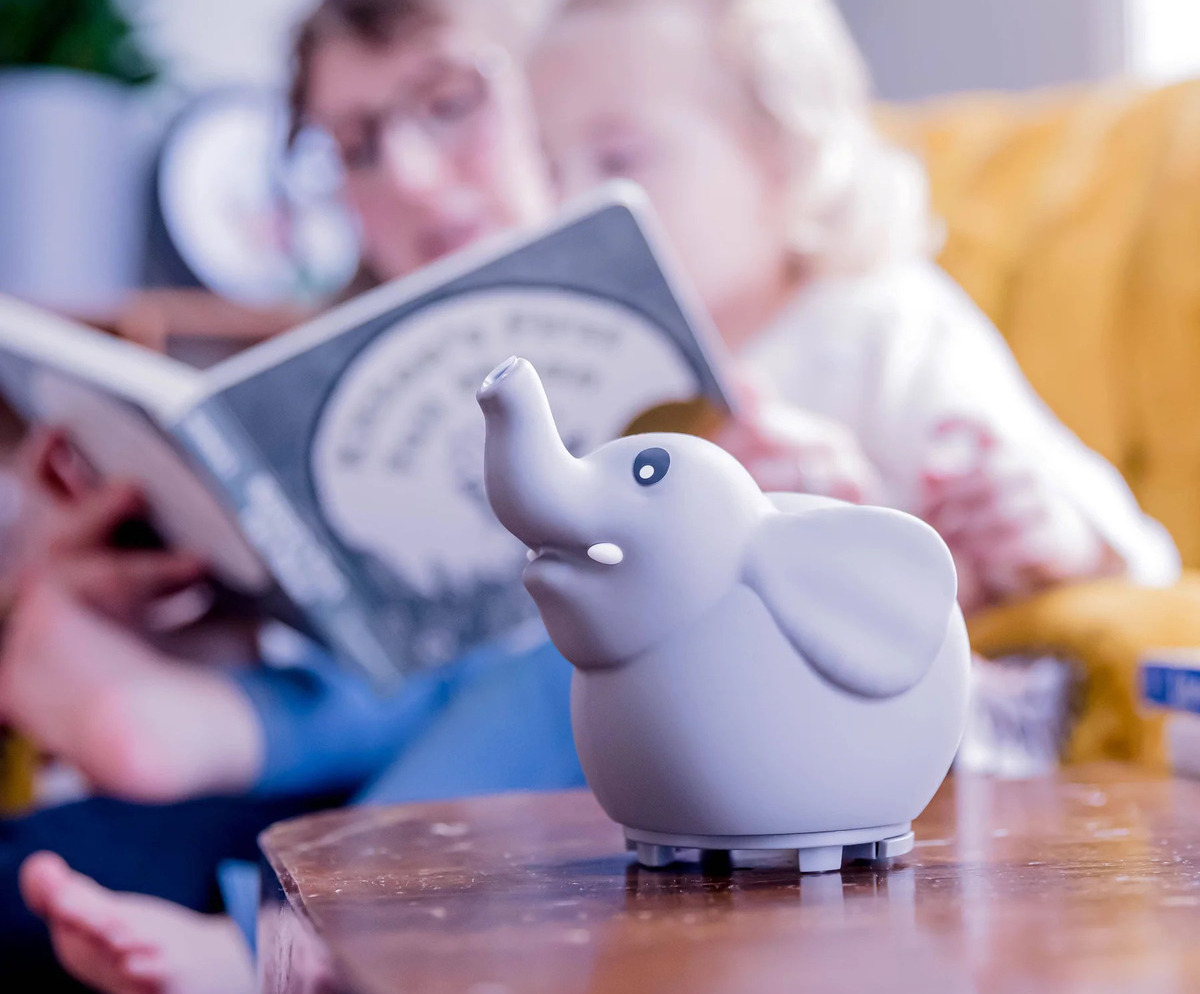

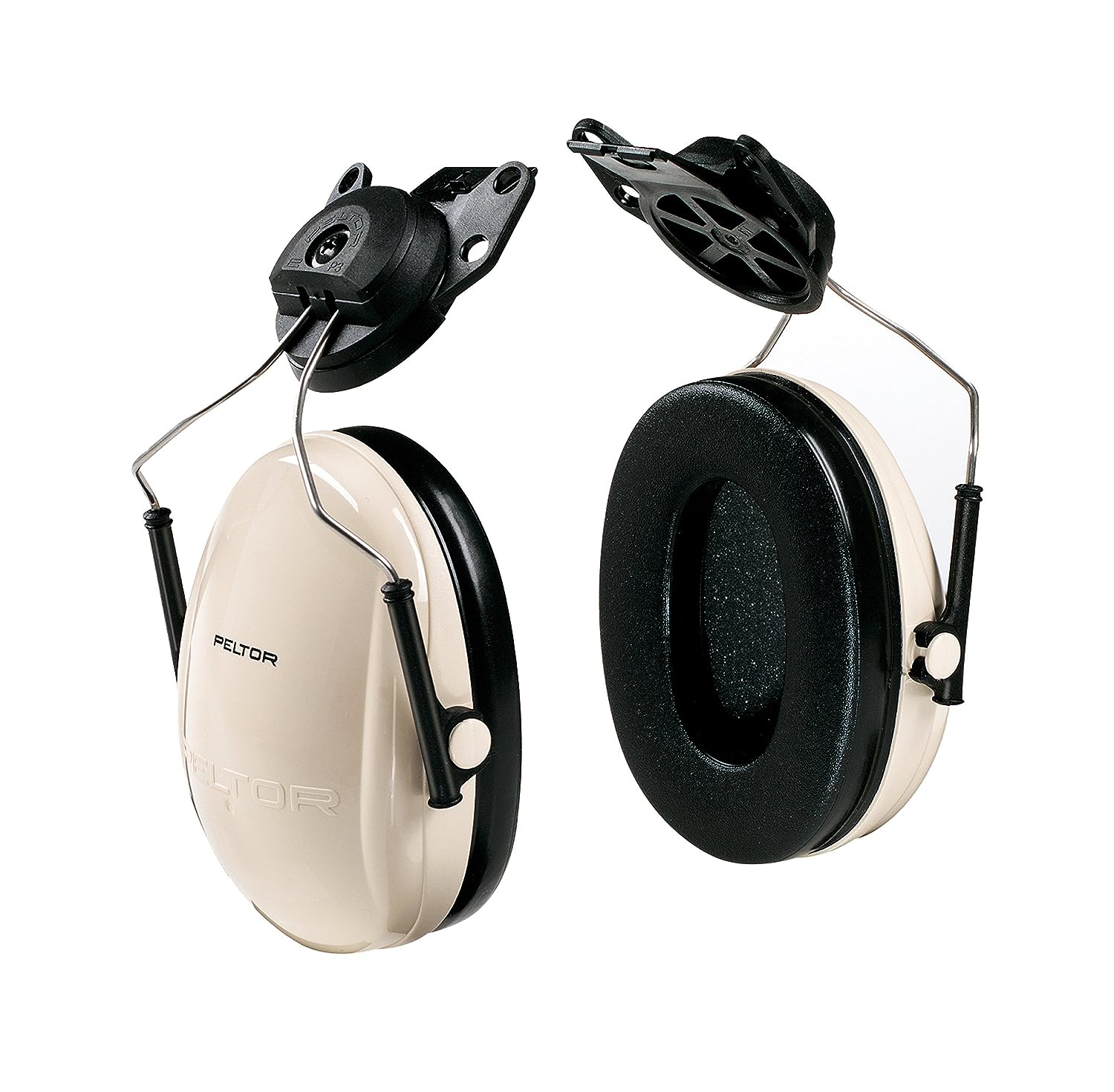

0 thoughts on “How To Store Elephant Ears”